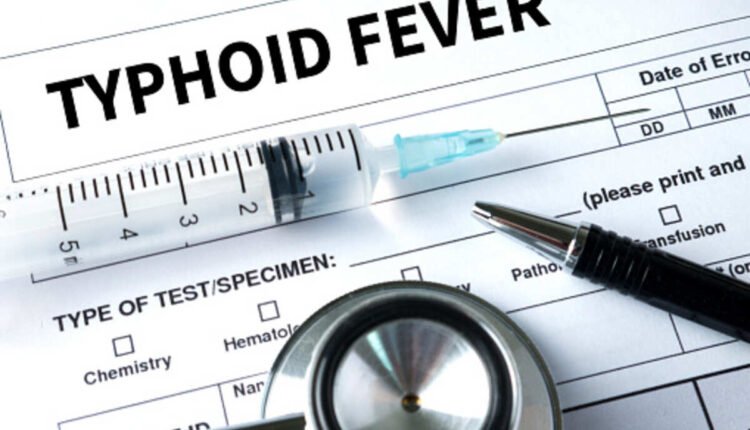Treating typhoid fever
Typhoid fever is caused by Salmonella typhi bacteria, resistant to some antibiotics. If you suspect typhoid fever, you should seek medical attention immediately. In addition to the fever, you will experience a loss of appetite, increased fatigue, and stomach pain. The best way to deal with typhoid fever is to take the recommended medication.
Many medicinal plants have been used in traditional medicine for treating typhoid fever. There are several bioactive components in certain plants that have been proven to kill typhoid bacteria. In addition to antibiotics, these plants are often used in herbal remedies. Herbs such as Echinacea can also be used in typhoid treatments. Wild indigo can be used in place of Echinacea, while black pepper and saffron are also used. These herbs can be pulverized into a paste and taken by the typhoid patient twice or thrice daily.
Treatment for typhoid fever is generally effective, and symptoms of the disease will usually clear up within two to four weeks. However, if the infection is severe and causes complications, the outcome can be disastrous. For this reason, vaccination is recommended if you travel to an area with an ongoing epidemic.
Treatment with antibiotics
Antibiotics are a common way to treat typhoid fever. The mortality rate of typhoid fever without antibiotic treatment is 30%. However, this figure is as low as 1-4% with antibiotics. To avoid contracting typhoid fever, people should avoid consuming contaminated food or water and wash their hands often.
While symptoms of typhoid fever are usually mild, they can be pretty severe. If the symptoms are severe, they can include a high fever, severe diarrhea, and bleeding in the intestines. People with untreated typhoid fever may also develop symptoms in other organs, including the kidneys and the spleen. Although typhoid fever is usually curable after antibiotic treatment, some people may relapse and require a repeat course of antibiotics.
Antibiotics are the primary treatment for typhoid fever and should be taken for the entire prescribed duration. The symptoms will often clear up within three days after starting antibiotic therapy. However, if the fever persists for more than three days or symptoms are severe, it is best to consult a doctor.
Prevention of paratyphoid fever
Prevention of paratyphoid fever requires a proactive approach. Travelers should avoid contaminated food and water and drink only boiled water. In addition, proper hand washing is essential. The disease is caused by the bacterium Clostridium species, which is present in soil and water. This organism produces poisonous chemicals, known as exotoxins, which can enter the human body through wounds and contaminated food.
Both paratyphoid and typhoid are contagious and can lead to serious health complications. Although paratyphoid has less severe symptoms, it can still result in kidney, bladder, and lung infections. It also causes dehydration, which should be counteracted by washing hands regularly, and avoiding handling food until symptoms are gone.
Typhoid and paratyphoid are two of the most common infections caused by typhoid bacteria. These diseases can be prevented or treated using appropriate antibiotics. In addition, typhoid vaccination is recommended for travelers in countries where typhoid is endemic.


